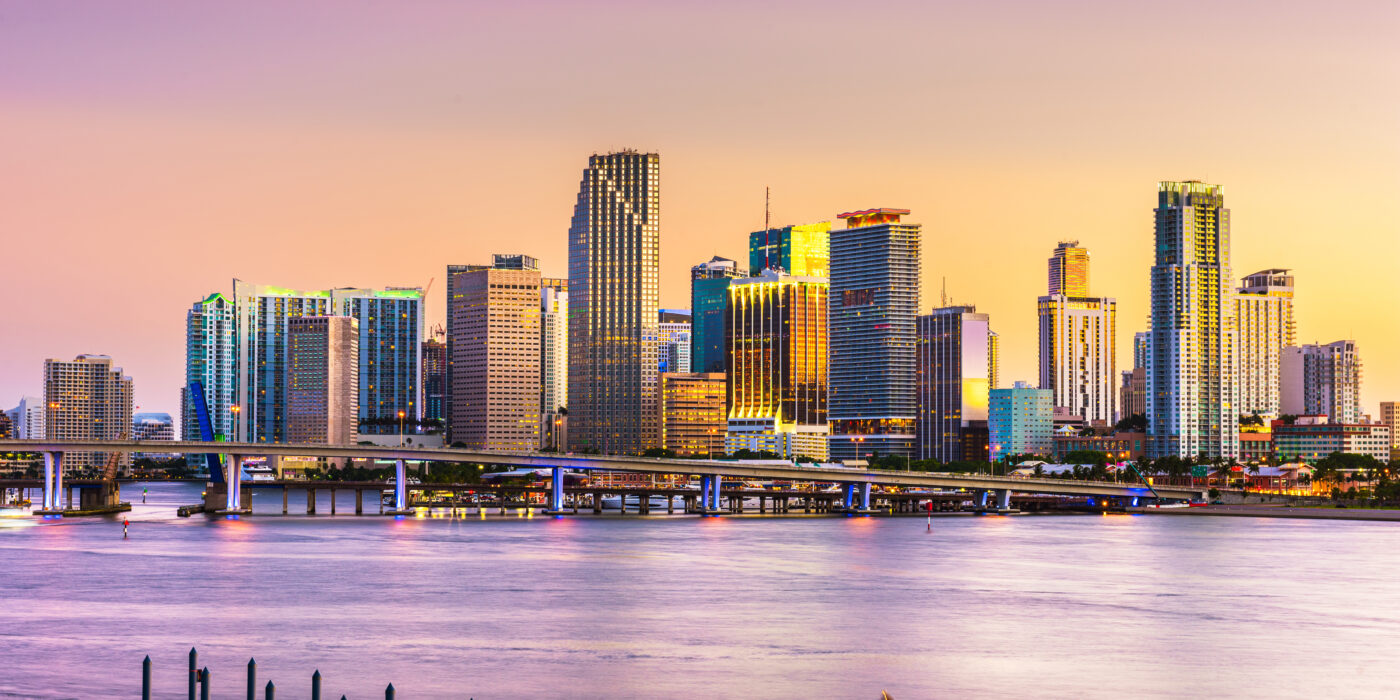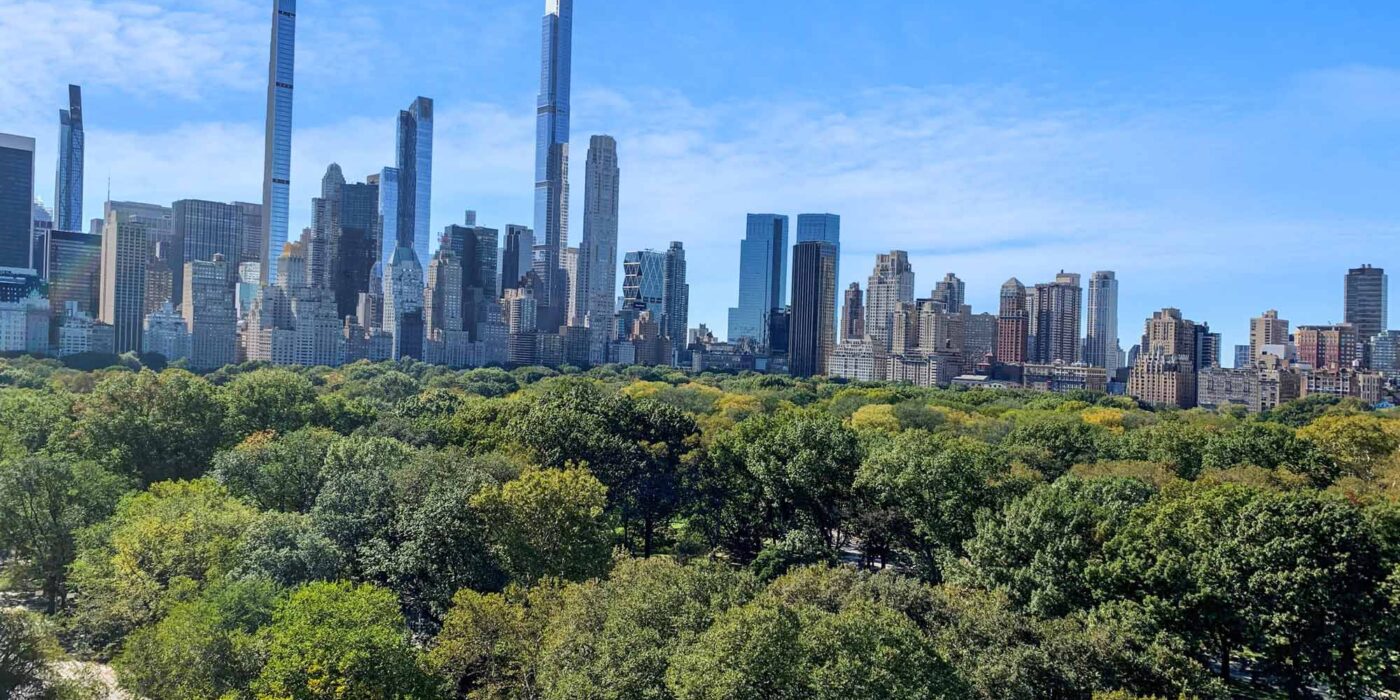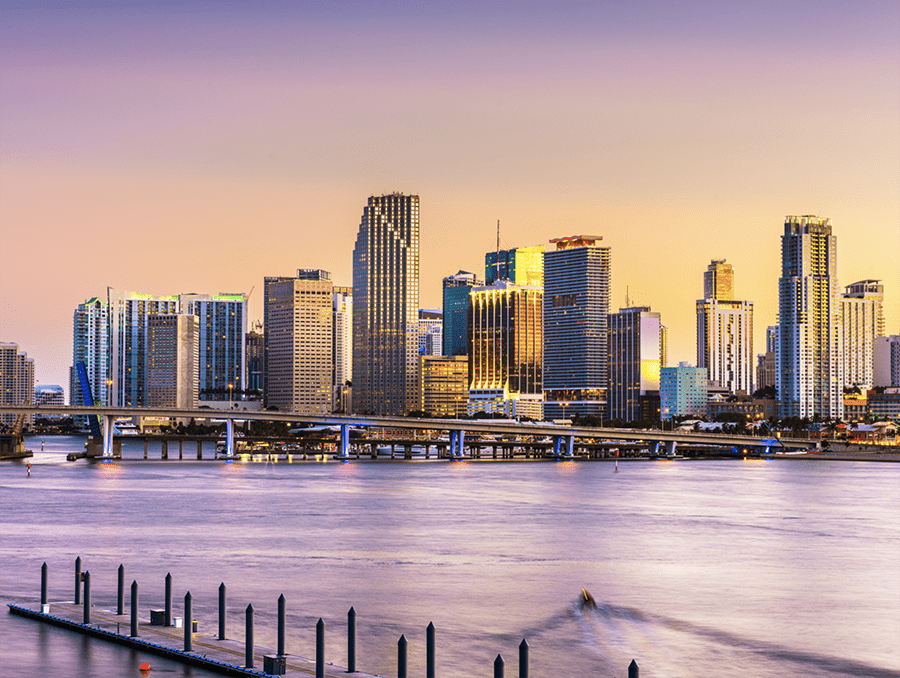The Great Wealth Migration: How South Florida is Challenging New York’s Financial Dominance
South Florida’s ascent as America’s premier wealth destination is no longer speculation but statistical reality
The financial landscape of America’s elite is undergoing a significant geographic realignment, with South Florida emerging as the premier destination for the nation’s affluent, according to recent data and insights from real estate industry leaders.
The Henley & Partners World’s Wealthiest Cities Report for 2025 reveals that West Palm Beach and Miami have outpaced New York City as the world’s fastest-growing wealth hubs. West Palm Beach recorded a remarkable 112% increase in millionaire growth over the past decade, while Miami followed closely with a 94% surge. In stark contrast, New York City’s growth rate hovered around a more modest 40%.
This wealth migration pattern comes as no surprise to industry insiders. “I’m not at all surprised that multimillionaires are fleeing blue states and heading towards South Florida markets like West Palm Beach, Miami, Palm Beach. [They] are the recipients of people who are upset with the politics and taxes of the states that they are migrating from,” Douglas Elliman’s top-ranked nationwide agent Dina Goldentayer told Fox News Digital.
Industry analysis indicates that South Florida is positioned to become a southern extension of Wall Street, with financial sector growth already underway and accelerating. The transformation of Miami into a financial hub is not a future prospect but a current reality.
The Numbers Behind the Narrative
The comprehensive report analyzes the 50 wealthiest cities globally, evaluating factors including economic mobility, investment migration, and wealth management. American cities feature prominently, with 11 U.S. metropolitan areas ranking among those with the greatest concentration of millionaire residents.
While the growth trajectories favor Florida’s urban centers, New York City still maintains its position as the undisputed leader in total millionaire population with approximately 384,500 high-net-worth individuals. By comparison, Miami hosts 38,800 millionaires, and West Palm Beach is home to 11,500.
Real estate experts note that direct comparisons between Manhattan and individual Florida cities are challenging due to population density differences. However, when considering South Florida as a collective region, the potential exists to surpass Manhattan’s millionaire count in the coming years. This competitive edge depends on New York’s ability to adapt policies that retain wealthy residents, a factor currently working in Florida’s favor.
Beyond Tax Advantages: The Evolving Value Proposition
Florida’s population growth accelerated dramatically following the pandemic, with former Chief Financial Officer Jimmy Patronis noting that approximately 1,000 people relocate to the state daily. While this initial surge was attributed to Florida’s less restrictive pandemic policies, the state’s appeal has evolved beyond its well-known tax advantages.
Market analysis reveals that security concerns are increasingly driving relocation decisions among wealthy individuals from states like California and Illinois. High-net-worth individuals prioritize environments where they can enjoy their lifestyle without security concerns, such as being able to wear luxury items in public without fear.
South Florida has developed significantly in recent years, now offering a comprehensive environment that includes cultural attractions, entertainment options, and top-tier educational institutions. This evolution creates a more complete lifestyle proposition for wealthy transplants, with the caliber of new residents further enhancing the region’s appeal in a self-reinforcing cycle.
Perhaps most telling is that Florida’s zero-income tax model, while still advantageous, is no longer the primary driver of this wealth migration. As a long-established policy, this tax benefit has been superseded by lifestyle factors as the dominant motivation for relocation to the region.
The South Florida Millionaire Profile
Market data from real estate professionals who regularly work with high-net-worth clients indicates that the typical South Florida millionaire defies simple categorization. However, some patterns emerge: they tend to be between 35 and 50 years old, drive Range Rovers, and have families with two to four children.
Recreational preferences frequently include racket sports, with proximity to paddle clubs being a common priority. Educational considerations for children also rank highly among the factors influencing residential choices.
Sustainable Growth vs. Prohibitive Pricing
Analysis of market trajectories suggests that South Florida is unlikely to replicate New York City’s prohibitive cost structure. Property experts believe that the region will maintain its value proposition despite rising prices.
Historical data shows that New York’s boom eventually created an affordability crisis that diminished quality of life perceptions. Florida’s real estate professionals aim to avoid this pitfall, maintaining a balance between premium pricing and perceived value.
The South Florida market’s value proposition is comparable to luxury goods: not simply expensive, but costly in a way that delivers commensurate benefits. The implicit promise is that clients receive full value for their investment, unlike markets where prices have become disconnected from underlying value.
Source: Fox Business



